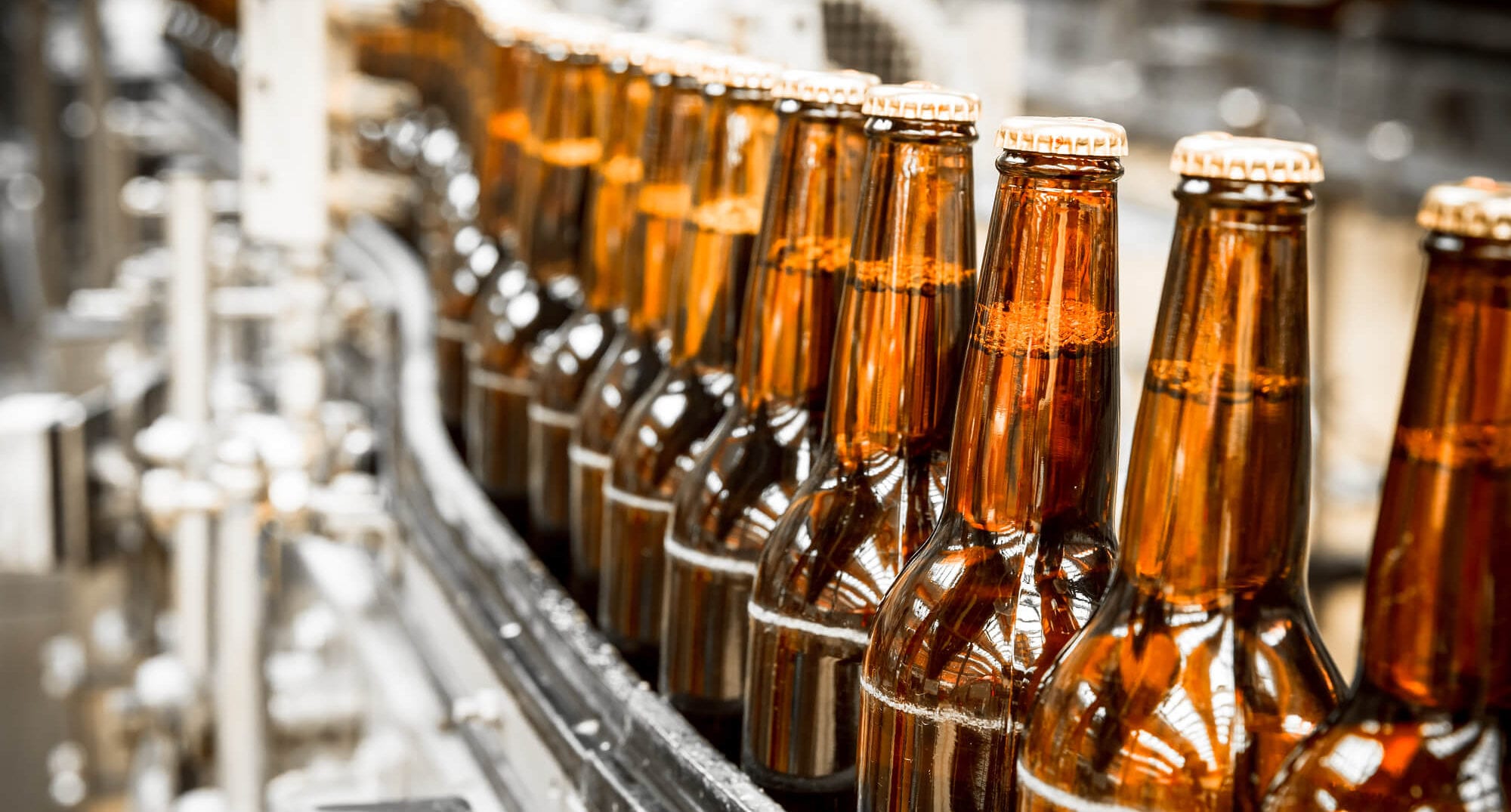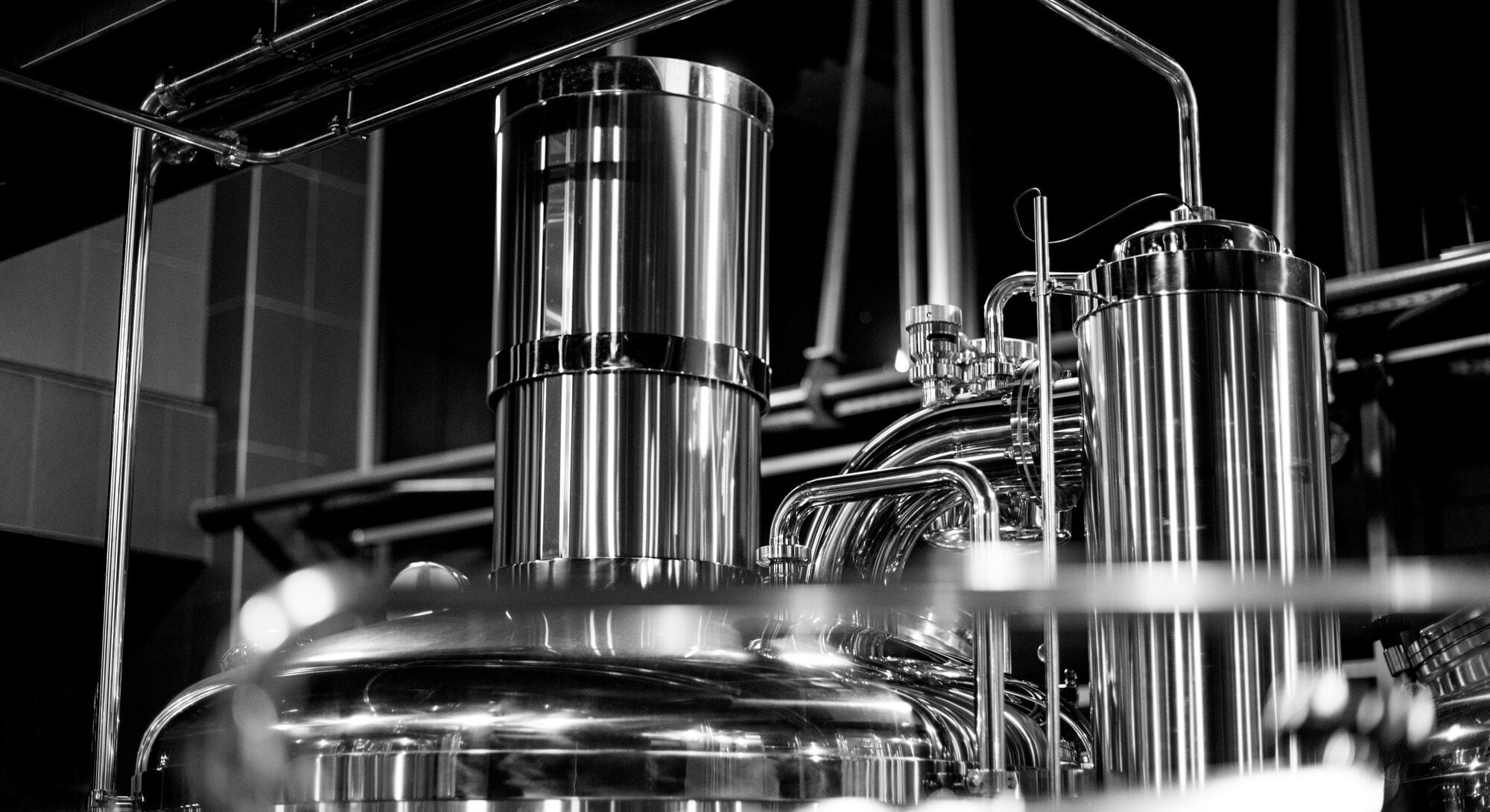Breweries have become a staple on the American foodservice industry in recent years. From home microbrewing to large-scale operations, brewing is quickly becoming one of America’s favorite things to do. It’s no surprise, since the end result is so delicious.
The brewing industry in the Midwest is growing rapidly and many operations must adjust to keep up with the demand. Replacing your trusted existing heating system might seem risky, but utilizing improved, industry-specific brewing equipment can immensely improve your operation’s productivity and profitability.
Updating Your Existing Brewing System
Small-scale brewing operations can easily rely on electric heating elements, but once the need for increased output arises, steam-powered heating systems are the best alternative. Steam heating systems are preferred because they allow for more precise heating of the brewing vessels. The most essential pieces of brewing equipment for growing operations include:
- Hot liquor tanks
- Mash/lauter tun
- Boil kettle
- Fermenting vessels
- Brite tanks
- Kegs
- Bottling mechanisms
There are many industry-leading manufacturers, like SPX, that specialize in the fabrication of of food and beverage equipment. Your local brewery process equipment sales representative can help you find and design the most efficient brewing operation using high-quality equipment from trusted suppliers.
Designing a Steam System for Your Brewing Operations
Designing a bigger and more robust steam heating system for your brewing operation might seem intimidating. If you’re unsure of exactly what you need, work with your brewing equipment sales representative to find the best heating systems to suit your needs. You’ll need to select a heating system based on your brewery’s size. There are three types of heating systems you can choose to implement in your brewery to heat hot liquor tanks and brew kettles:
- Fire
- Direct flame
- Indirect flame
- Electric heat
- Steam heat
Many small-scale breweries operate on fire heat systems, but they’re less effective for larger operations since the heat is lost to surrounding air in larger spaces. Direct flame sources are the least expensive heating system for breweries, but often scorch the batches of beer affecting the taste significantly. An electric energy system is a good, moderately priced option for smaller operations, but becomes more expensive as brewing output and equipment size increases. The best option for growing breweries is a steam system. Your representative can recommend the best heating system with the right BTU ratings to allow room for growth and expanded productivity levels.
Opt for a low pressure steam system in your burgeoning brewery. This solution is the most expensive, but functions efficiently and heats vessels quickly. Steam systems are especially popular in large brewing operations because it’s a great way to heat in an extremely precise manner. This type of boiler system converts water into steam that enters the hot liquor tanks and boil kettles to heat the water inside.
One of the benefits of steam heat is that it’s incredibly easy to control, so you can adjust your settings to accommodate larger batches of beer as your brewery continues to grow over time. Electric heat, on the other hand, is a very direct and constant source of heat, similar to direct fire. These heat sources can scorch the liquid inside each vessel resulting in altered flavors and potentially ruined batches.
To ensure your brewery’s boiler system is working at peak efficiency, add extra steam risers to make the driest steam possible. The dryer the steam, the more productive your equipment becomes, allowing you to increase your output significantly. You can also use float and thermostatic steam drip traps to gather the excess condensation from the steam for use in future water heating, this way, your operation is using all the energy possible.

Selecting a Supplier
In the last ten years, brewing has exploded into the foodservice and hobby industries with impressive force. Large-batch breweries, microbrews, and homebrews are all popular endeavors for both business owners and regular people with some extra time on their hands. With the significant increase in brewing businesses, there is no shortage of brewing equipment suppliers. However, it’s crucial to research all your available options before settling on one specific supplier.
There is a wide variety of brewing process equipment manufacturers existing both in the United States and internationally at this time. When choosing a brewing equipment provider from overseas, remember a few key factors. Shipping heavy industrial equipment from another continent can be an incredibly costly expense. Frequently, overseas shipping can cost upwards of 10% of the price of the equipment itself. Purchasing equipment from non-U.S. providers also ensures a much more extended waiting period to receive your machinery. What’s worse than waiting for prolonged periods for a singular purchase?
If you opt for foreign-built equipment, you must also ensure that U.S.-based engineers design the equipment. This guarantees that your machinery is comprised of electrical components and design specifications suitable for use in America.
Most brewing operations prefer purchasing equipment from American manufacturers. Domestically designed vessels and other required machinery typically utilize highly standardized food-grade steel since the U.S. has such stringent food safety regulations. High-quality steel has a higher cost upfront, but when purchasing from a manufacturer in the U.S., you cut down on shipping costs. Overall, American-made machinery is a brewer’s best option for cost and food safety standards.
Conclusion
Growing your brewing operation is something to be incredibly proud of and excited about. However, updating your existing systems to put up with the increased output can seem costly and confusing. Replacement brewery equipment can help improve efficiency as your company continues to expand in an ever-growing industry. Contact a brewery process equipment company to consult with a sales representative about all your brewing system options.
Understanding the importance of a high-functioning heating system is essential to improving your brewery’s efficiency. Steam heating systems are a fantastic option for growing breweries and will wind up costing you less in the long run as your businesses productivity increases continually. Your local equipment sales representative will determine the necessary BTU requirements and recommend the right brewing equipment to bring your productivity to it’s peak. Contact a brewery process equipment supplier to consult with a sales representative about all your brewing system options.





